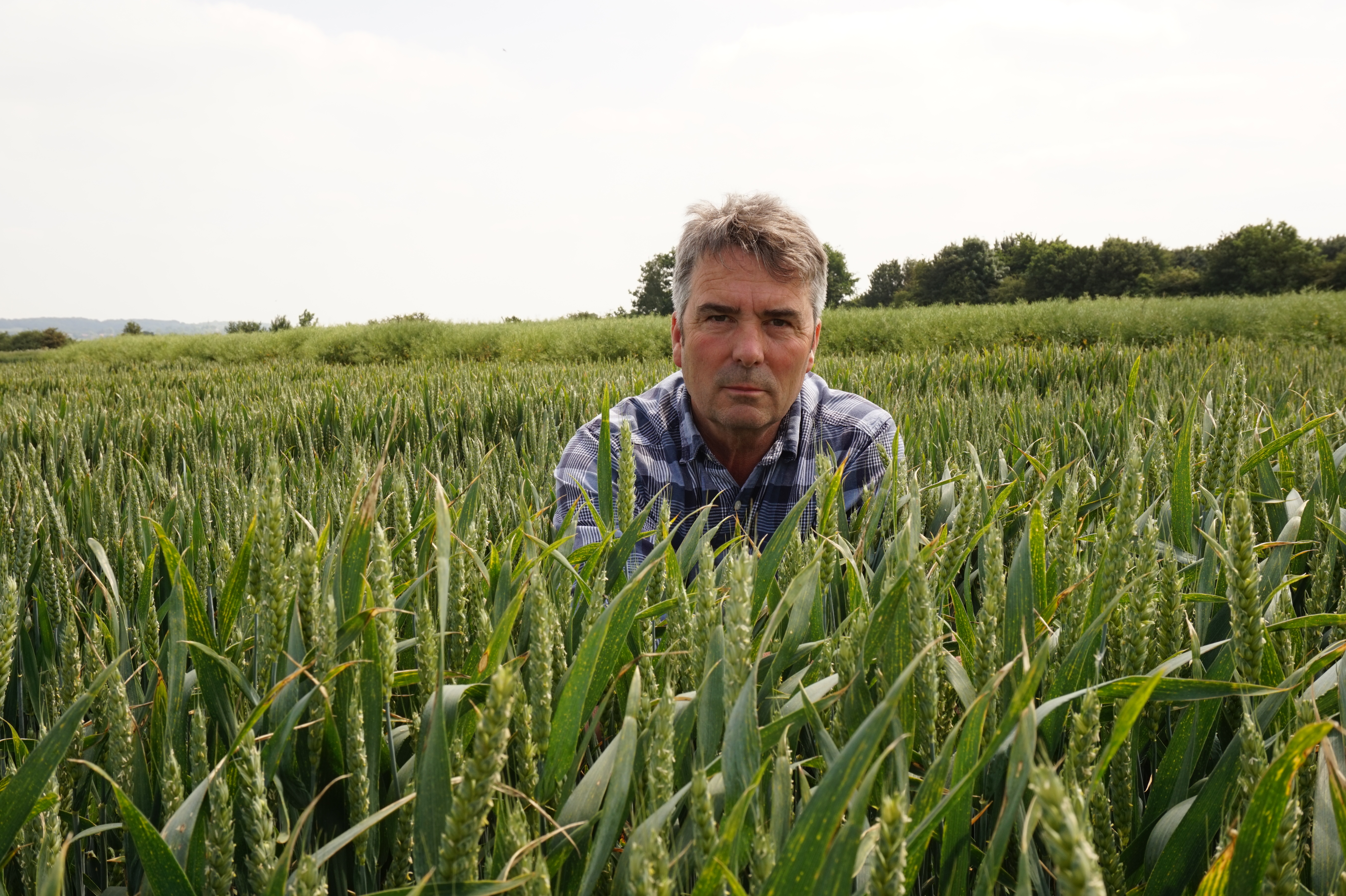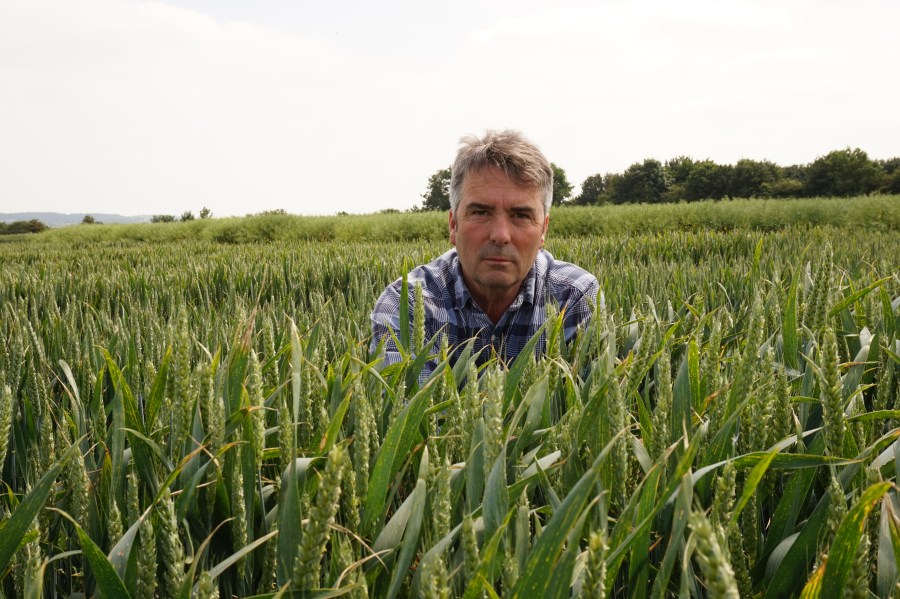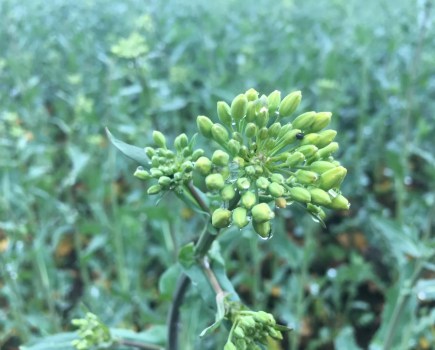 With the late drilling window now open, correct variety choice will play a crucial role in crop success, according to the latest advice from Limagrain. Charlotte Cunningham reports.
With the late drilling window now open, correct variety choice will play a crucial role in crop success, according to the latest advice from Limagrain. Charlotte Cunningham reports.
Delaying wheat drilling is increasing in popularity, with proven success in situations including blackgrass management, second wheats, wheat after sugar beat or potatoes, or even in cases where growers have been forced into optimising the later slot due to the weather.
Despite this success, it’s important to consider the specific challenges this poses to the crop, says Ron Granger, arable technical manager at Limagrain UK.
“Delayed or late drilling of winter wheat — considered to occur from mid-October onwards — is common practice on farms today. However, as autumn progresses and soils inevitably become cooler and wetter, it’s important to make a distinction by choosing varieties that will cope well, rather than be challenged by the situation,” he says.
“Get it wrong, and you could be facing fairly substantial yield penalties — but this is all totally avoidable.”
Vigorous varieties
According to Ron, crops drilled later will not be in the ground as long as those drilled earlier in the autumn, so the chosen variety needs to establish well and once growing conditions are favourable in the spring, needs to be quick off the blocks.
“Characteristics of wheats that suit the late drilling slot are strong tillering and vigorous, combined with good rooting attributes, and a semi-prostrate growth habit in the winter,” he says.
“This is especially important where blackgrass is present, as you need a variety that will compete with its rapid growth rather than sit and tiller flat to the ground where it may eventually become smothered by the blackgrass.”
“The theory is not complicated, and this is why certain varieties like LG Skyscraper suit the blackgrass situation.”
Limagrain carries out trials looking at which varieties better suit the later-drilled slot. “This is valuable information for growers, especially when also considering limited AHDB data sets.”
In Limagrain’s 2019 trials, LG Skyscraper — the highest yielder on the 2019/20 AHDB Recommended List — is the highest performing variety in the late drilled slot. In fact, the variety has shown itself to take this poll position over three very different seasons, adds Ron.
“LG Skyscraper ticks a lot of boxes for on-farm performance and is an excellent choice for the second wheat situation.”
Wheat after roots
Where a grower wants to put in a quality wheat after roots — which is not an uncommon approach especially for quality wheat growers — Ron advises that Group 2’s LG Detroit is a good option.
“The significant thing about LG Detroit is that’s stiff strawed and comes with orange wheat blossom midge (OWBM) resistance. The added value characters of high inherent protein content — from its parent Crusoe — and good fusarium resistance are also valuable assets for a quality wheat.”
“However, with the variety’s high vernalisation requirement, growers need to be aware that it should be drilled before the end of January.”
Agronomy work suggests that LG Detroit benefits from a higher seed rate if sown later in the season, as the variety does tend to drop tillers in the spring if in a stress situation, he adds.
Security of grain quality
LG Spotlight also demonstrates attributes for the late drilling scenario, with good tillering and quicker speed of development in the spring, and again in trials has shown itself to be competitive for yield against well established commercial varieties grown in this situation, says Ron.
“The key attribute of LG Spotlight is its “security of grain quality” — that is a high stable Hagberg with a good specific weight that does not deteriorate when harvest is difficult, as seen in this season.”
Data from several seasons of work from Limagrain suggests that taller wheats — such as LG Skyscraper — are at an advantage in the later drilling scenario, mainly due to the fact larger plant canopies also play an important role in keeping blackgrass ear numbers and seed return to the minimum.
“In a blackgrass or second wheat situation, LG Skyscraper would be my first choice variety over LG Spotlight or LG Detroit — it just appears to have a bit more vigour and resilience in these circumstances.”
Seed rates
According to Ron, one of the single most important factors in getting a late drilled crop off to a good start is to use the correct seed rate.
“Seed rates after the end of October are difficult to quantify specifically, as they will be more determined by the seasonal weather and seedbed preparation, at the time of drilling.”
“Generally, seed rates should be increased the further drilling moves towards the winter months, to compensate for the impact on tillering, as a result of cooler temperatures and shorter days.”
“In good conditions in early November, the target should be a seed rate of 375-400 seeds/m2, increasing to 400-475 seeds/m2 at later drill dates, or in a black-grass or poor seedbed situation.”
“Growers should also choose varieties with a good disease resistance profile — certainly against mildew, as this can be problematic on some soil types in the late drilled situation.”





